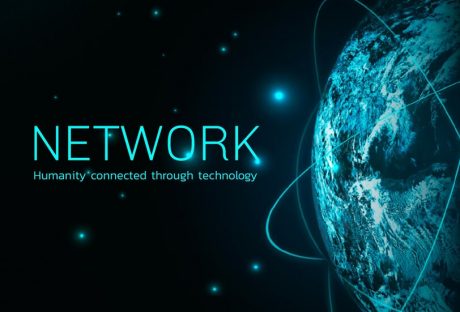The efficiency of online learning is not in question. And everyone creating a course of their own today know to make it simple, informative, and clear. However, there is a difference between a good eLearning course and an excellent one. These factors are what make that difference.
4 Factors To Consider While Making An eLearning Course
eLearning Course is different than the regular educational course. In the eLearning course, you have to make your course more attractive than the traditional course. As you are not using the pen and pepper you have to design your course with a more student convenient approach.
Here are four tips that are going to help you to make your robust eLearning course.
1. Make your visuals engaging instead of distracting :
Visuals are an invaluable part of an eLearning course because they help memorize information better. Psychology Today lists quite a few studies that explain how and why human brains rely on visual input for memorization and information processing. However, they fail to caution how this can have a negative effect on your course.
The trick here is to choose the right kind of visuals. Otherwise, your learners might lose their focus and get distracted from the lesson. The ‘rule of thumb’ here is to use only the graphics that enhance the course. If you aren’t 100% sure that the video/picture/infographic helps people learn the subject better, leave it out.
Remember that the visual design of the course also needs to be considered. Go for practicality here and discard any backgrounds, animations, and other visual details that don’t contribute to the educational value of the course.
2. Get the course localized for foreign learners :
When developing a great eLearning course targeting different cultures, you’ll need to have it localized. It’s not only about the language, so you can’t use some translation software to ‘convert’ the content. Localization is about adapting the material in a way that will make it more understandable to the targeted audience. This means changing the language as well as adjusting some points to make them more clear in the context of the local culture.
The difference between translation and localization is subtle and can be understood by professionals only. That’s why you should seek the services of an experienced company that can offer a truly comprehensive package of localization alongside its eLearning translation.
3. Engage learners through rewards :
When you work in a classroom setting, you can complement your learner’s and otherwise offer positive encouragement. However, eLearning lacks the ‘personal’ approach, so you’ll have to engage them in different ways. Offering rewards is a great method of keeping people motivated, so says research.
A great eLearning course should not only have its inner system of assessment that will allow learners to earn points (add extra points for special achievements). It also should be integrated with social media. This way, you’ll give your learners a chance to share their successes and progress with their friends. Although not a ‘reward’ in the common sense of the word, this feature will be as good for motivation as offering a cookie for right answers on a quiz.
4. Keep it short :
The most important things that you need to understand about today’s learners are that they are impatient and short on time. This means that you have to offer information on ‘small bites’ to keep them engaged.
It might be best to develop a series of short courses that’ll take no more than 6 hours per week. Organize them in a way that’ll allow learners to start using their new knowledge between the courses to motivate them to learn even more.
Conclusion:
These four tips are going to help you to design an eLearning Course. If you have an idea about your audiences and the target of your audiences. Then your course design will become more robust. So what is your opinion? Do not forget to share your opinion in the comment section.
Read More :
1. 5 Questions To Ask Yourself While Finalizing An E-Learning Platform For Quality Education
2. Things To Consider Before Finalizing An Online Barber Training School






















